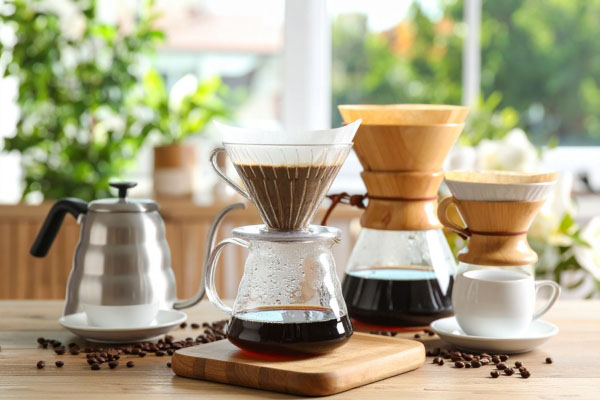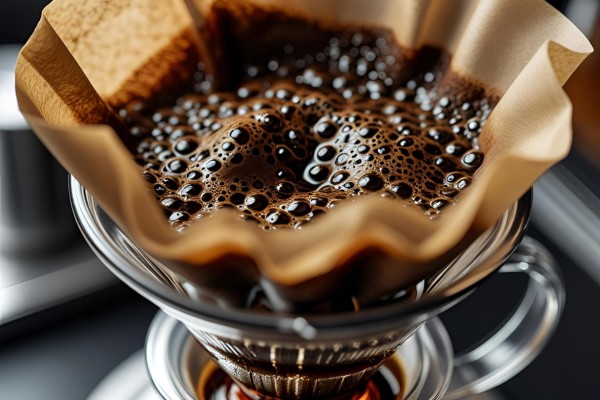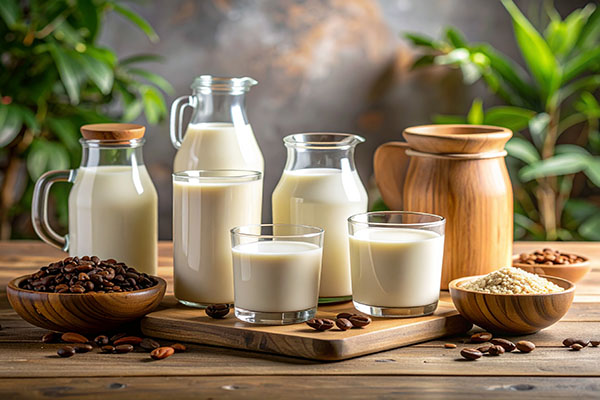
The Ultimate Coffee Grinding Guide
Why is grinding so important? This guide covers everything you need to know about coffee grinding, from the difference between burr and blade grinders to a visual reference for the correct grind size for every brewing method.
Why Grinding Your Coffee Matters So Much
If you want to dramatically improve your home-brewed coffee, the single most important thing you can do is grind your own coffee beans right before you brew.
When coffee is ground, its surface area is massively increased, exposing its delicate aromatic compounds to oxygen. These compounds are what give coffee its incredible flavor and aroma. After just 15 minutes, ground coffee loses about 60% of its aroma. Buying pre-ground coffee means you're missing out on a huge amount of flavor before you even start brewing.
Equally important is the quality and consistency of the grind. An inconsistent grind, with a mix of large and small particles, will lead to an uneven extraction. The small particles will over-extract and taste bitter, while the large particles will under-extract and taste sour. The result is a cup that is both bitter and sour.
A consistent, uniform grind ensures that all of your coffee particles extract at the same rate, giving you a balanced, sweet, and delicious cup.
Burr Grinder vs. Blade Grinder
This is the most critical choice you'll make when it comes to grinding.
- Blade Grinders: These work like a blender, using a spinning blade to randomly chop and shatter the beans. The result is a very inconsistent grind, with a mix of fine dust and large chunks. Avoid blade grinders if at all possible.
- Burr Grinders: These feature two revolving abrasive surfaces (the "burrs") that the beans are passed through. The distance between the burrs can be adjusted to produce a very consistent and precise particle size. A high-quality burr grinder is an essential investment for any serious coffee lover.
The Definitive Grind Size Chart
The ideal grind size depends entirely on your brewing method. The general rule is: the longer the coffee and water are in contact, the coarser the grind should be.
Here is a visual guide to the correct grind size for every major brewing method.
| Grind Size | Visual Cue | Brewing Method(s) | | :----------------- | :------------------------------ | :----------------------------------------------------------------------------------- | | Extra Coarse | Peppercorns, rough breadcrumbs | Cold Brew | | Coarse | Coarse sea salt, kosher salt | French Press, Coffee Cupping, Percolators | | Medium-Coarse | Rough sand | Chemex, Clever Dripper | | Medium | Regular sand | Automatic Drip Coffee Makers, Siphon Brewers | | Medium-Fine | Table salt | Pour-Over (V60, Kalita), AeroPress (1-2 min brew) | | Fine | Slightly finer than table salt | Espresso, Moka Pot | | Extra Fine | Powdered sugar, flour | Turkish Coffee |
How to Tell if Your Grind is Wrong
- If your coffee tastes weak, watery, or sour: Your grind is likely too coarse. The water is flowing through too quickly and not extracting enough flavor. Try a finer grind.
- If your coffee tastes excessively bitter, harsh, or astringent: Your grind is likely too fine. The water is taking too long to pass through, pulling too many of the bitter compounds from the coffee. Try a coarser grind.
By grinding your beans fresh and matching the grind size to your brewing method, you take control of the most important variables in coffee brewing and set yourself up for a delicious cup every single time.


